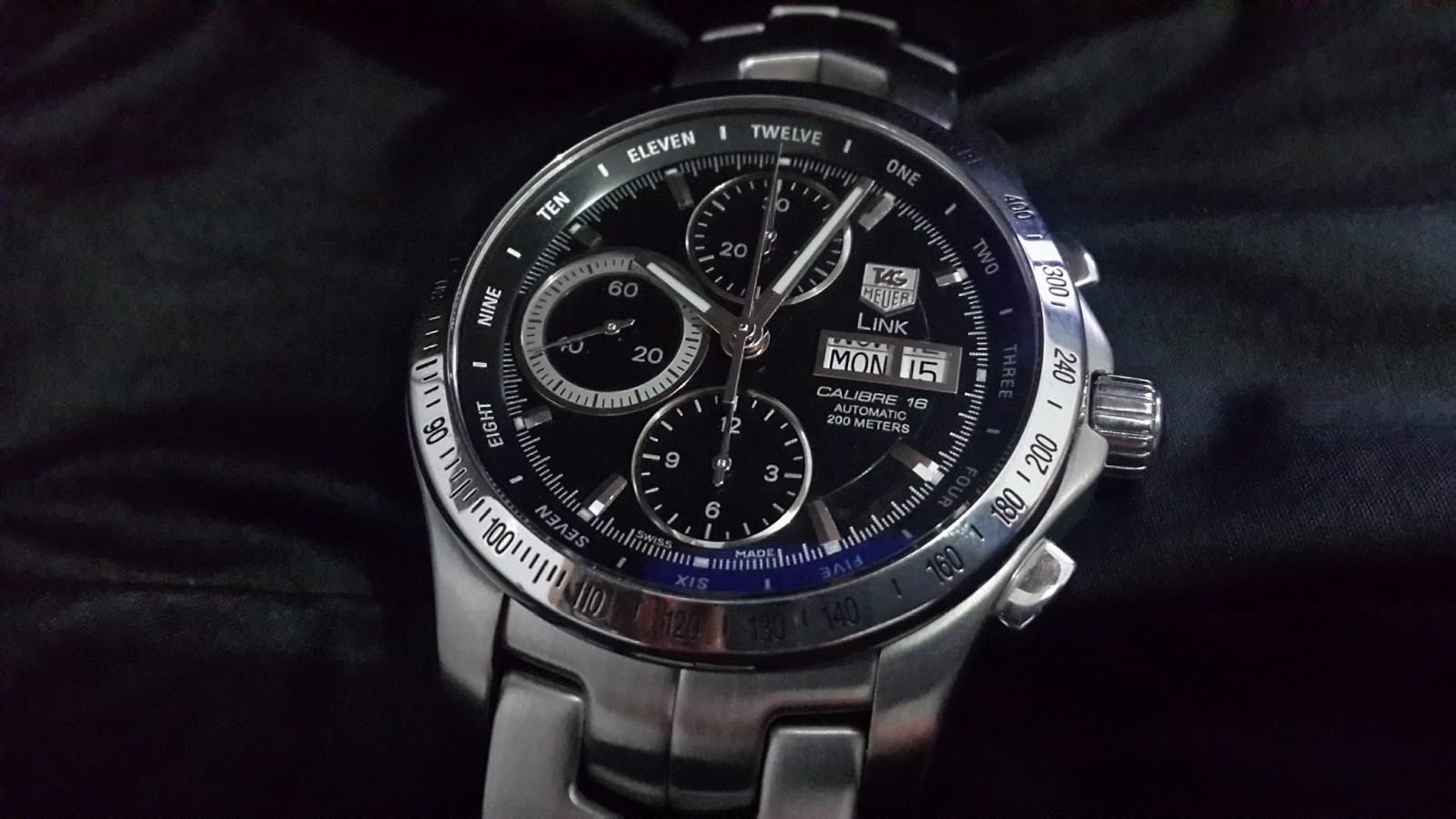
.jpg)
Such high-profile collaborations between the two names led to the company being officially renamed as Jaeger-LeCoultre in 1937.įrom here, the legendary watchmaker as we know it today was founded and the rest, as they say, is history. Similarly, upon acquiring the patent for the atmospherically powered Atmos clock, Jaeger licensed it to LeCoultre for use in France and Switzerland. The movements were of course produced by LeCoultre. This was the beginning of a beautiful collaboration.Īt the same time, French jeweller Cartier signed a contract stating that all of Jaeger’s movements would be exclusive to them for fifteen years. With innovation innate in the LeCoultre family, Antoine’s grandson Jacques-David took on Jaeger’s challenge and ended up creating a collection of ultra-thin pocket watches, including the thinnest in the world that featured a LeCoultre Calibre 145. LeCoultre’s masterful vision, alongside the prestigious company he was building, was evident and for the next 30 years the Grande Maison of the Vallée de Joux was home to the production of the majority of movement blanks for Patek Philippe.īy 1903, Edmond Jaeger, watchmaker to the French Navy, had invented ultra-thin movements and put out a call to arms for watchmakers to develop and produce them. Officially called LeCoultre & Cie, the company employed over 500 people and guided the development of the first partially mechanised production process for complicated movements.īy 1900, LeCoultre & Cie had created over 350 different calibres, 128 of which came with chronograph functions. In 1866, Antoine and his son Elie set about revolutionising this way of working, by founding the very first manufacturing location that housed all employees, and their expertise, under one roof. Interestingly, the Millionometre was never patented but its rare and complex composition remained a closely kept secret for over fifty years.ĭuring this era, it was commonplace for watchmakers with specific skills to be scattered across various locations and within hundreds of different workshops. Such innovation allowed for meticulous construction of watch parts and won LeCoultre a gold medal in timepiece precision at London’s first Universal Exhibition. This led to the invention of the Millionometre in 1844, the world’s first instrument capable of measuring the micron. Following its success, he went on to found a small workshop in Le Sentier and continued his education in horology.

Boundless curiosity led him to transform his family’s small barn into a watchmaking atelier, and here he invented a machine to cut watch pinions. And such meticulous dedication shows, with more than 1,200 calibres having been created by the teams since 1833.Īntoine LeCoultre was an inventor by nature. Each small step essential in bringing the timepieces to life. This is the Vallée de Joux in the Swiss Jura Mountains, home to Jaeger-LeCoultre Manufacture and where over 1,000 watchmakers come to continue LeCoultre’s legacy of fine watchmaking.įrom design and assembly to decoration, one hundred and eighty different expert skills work alongside one another here. Nowadays, you’ll find the heart of Jaeger-LeCoultre within a peaceful Swiss valley, lost amongst pine trees and dusted in snow. That boy was Antoine LeCoultre, who’s ambition to continually innovate propelled the maison into its iconic status, as one of the world’s leading Swiss luxury watch and clock manufacturers. Surrounded by the alluring Swiss mountains, here a young boy honed his skills in the art of watchmaking through a delicate balance of intellect and imagination. Jaeger-LeCoultre’s story begins in the 1800s. The brand has transcended time and trends to remain an example of what happens when technique meets art.

Her Majesty Queen Elizabeth II, Amelia Earhart, Charlie Chaplin, Leonardo Di Caprio, and Jay Z are among the many that have had a Jaeger-LeCoultre timepiece adorn their wrist. Those who wear a Jaeger-LeCoultre are in good company, as the title of icon extends to the maison’s clientele too.


 0 kommentar(er)
0 kommentar(er)
